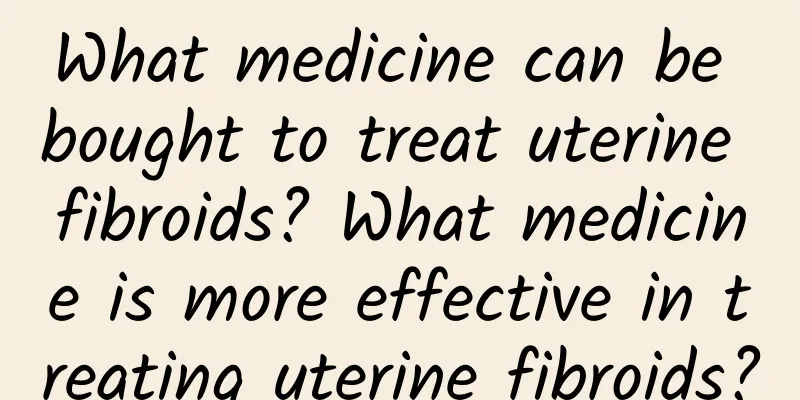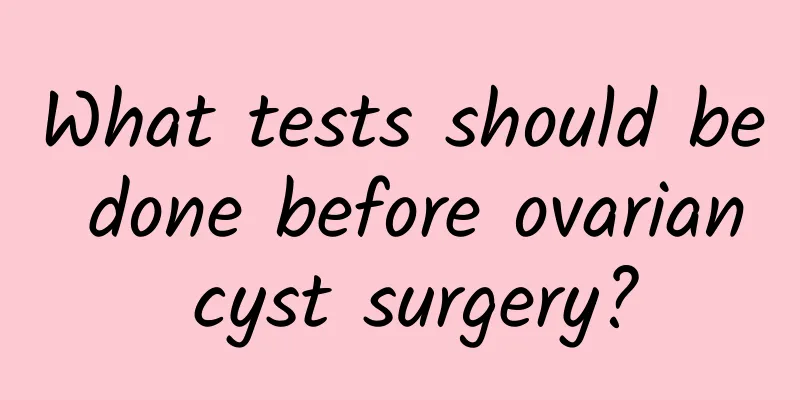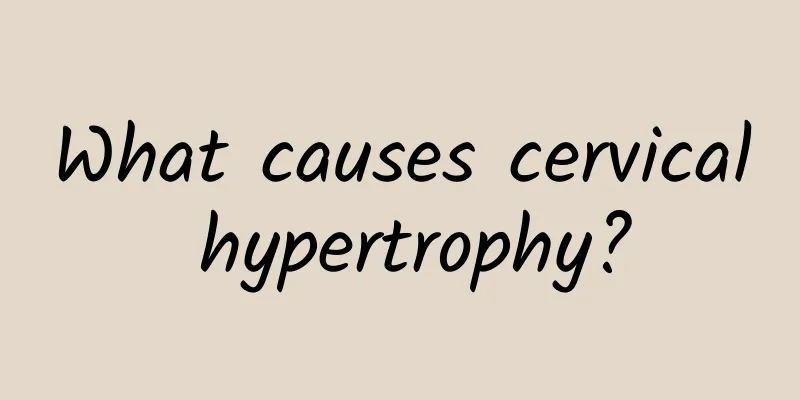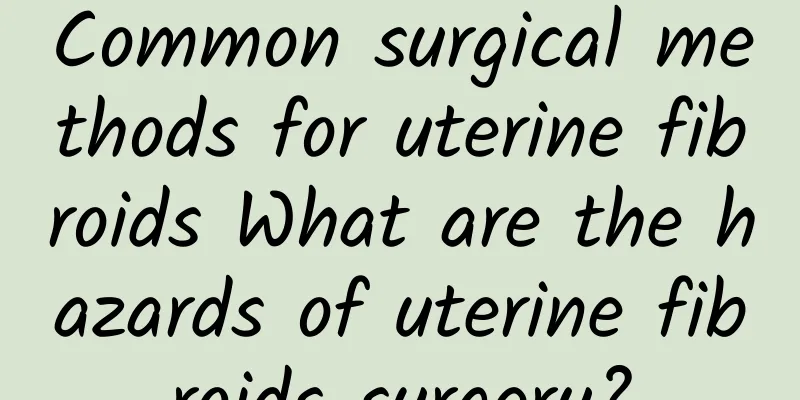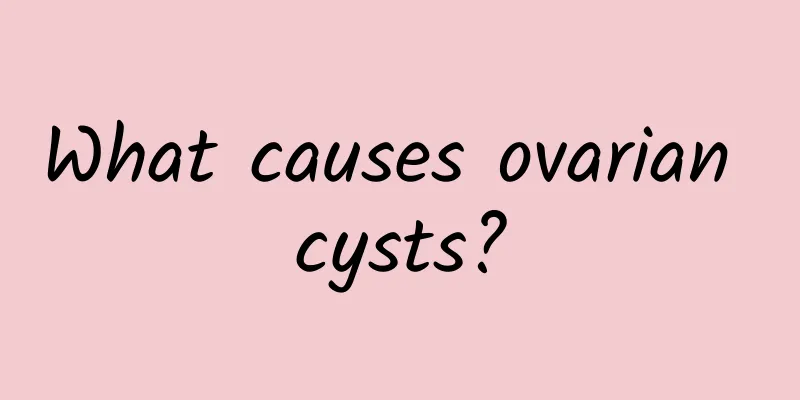What are the symptoms of chocolate ovarian cysts and what to do if they rupture
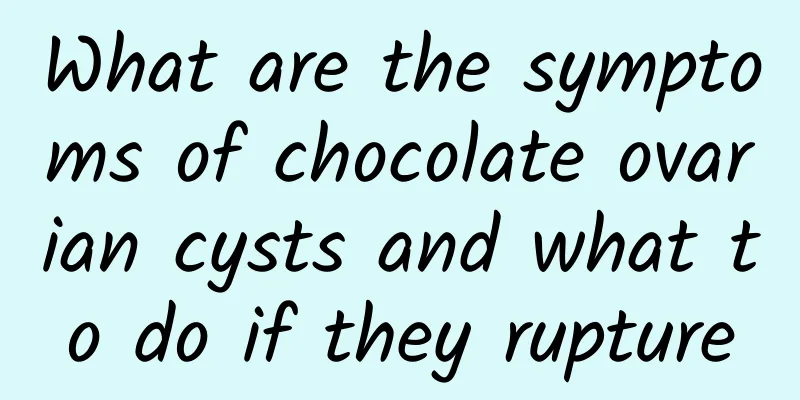
|
What are the symptoms of a chocolate ovarian cyst? What should I do if it ruptures? There are many reasons for female infertility, one of which is chocolate cysts. Knowing the symptoms of chocolate cysts is very helpful for treatment. Symptoms of chocolate ovarian cysts include: 1. Pain. Patients experience varying degrees of lower abdominal pain, abnormal leucorrhea, and menstrual disorders. 2. Infertility. In addition to the symptoms mentioned above, chocolate cysts also have other symptoms. Nearly half of the patients suffer from infertility due to adhesion of pelvic organs, which hinders the peristalsis of the fallopian tubes. 3. Dysmenorrhea. There will be pain during the sexual life of couples, which is more obvious before menstruation. 4. Peritonitis. The wall of the ovarian endometrial cyst is relatively inelastic. As the pressure inside the cyst increases, the weak cyst wall may rupture and cause peritonitis. When the patient feels obvious discomfort, beware of the occurrence of chocolate cysts. If a chocolate cyst ruptures, the old menstrual blood contained in the cyst spreads to the abdominal cavity, which often further impairs the reproductive function due to secondary adhesions and endometrial implantation. The correct treatment lies in timely surgical treatment. During the operation, the chocolate liquid that flows into the pelvic and abdominal cavity should be thoroughly rinsed off. The surgical method depends on the patient's fertility requirements. If the patient is young and eager to have children, the lesion should be removed as much as possible, the adhesions should be loosened, and the uterus and normal ovarian tissue should be preserved to create conditions for future fertility. However, since the recurrence rate of patients who undergo surgery for ruptured chocolate cysts is much higher than that of those who have not ruptured, it is still appropriate to remove the uterus for older patients who already have children in order to avoid recurrence. |
<<: What are the dangers of endometriosis and what are its characteristics?
>>: Uterine fibroids are more common in middle-aged women
Recommend
To lose weight, you must first fight against the "yo-yo". Is eating celery and grapes really effective?
Over the years, people have grown tired of dietin...
What does an egg-sized uterine fibroid look like? Is an egg-sized uterine fibroid serious?
What does an egg-sized uterine fibroid look like?...
What causes vaginitis?
Vaginitis is a common gynecological disease in wo...
What are the symptoms of hydatidiform mole?
Hydatidiform mole is a benign tumor. When it is d...
Don’t use the roller fitness machine randomly! Learn stretches and exercises all at once
People who often go to the gym must have often se...
Several major hazards caused by adnexitis
In society, adnexitis is indeed a common gynecolo...
What will happen if you have an ectopic pregnancy for 5 months?
Ectopic pregnancy is clinically called ectopic pr...
Will the ectopic pregnancy test paper darken? It is recommended to check the blood HCG
During pregnancy, pregnant mothers need to take g...
Beat the scale! Press 4 acupoints to promote metabolism and eliminate edema
For women who are struggling with the scale, losi...
What are the manifestations of ovarian cysts?
Although ovarian cysts are also a type of gynecol...
Analysis of the most important early symptoms of ectopic pregnancy in clinical practice
Ectopic pregnancy is a common disease in daily li...
The "Five Stopping" Effects of Plum
Wumei is a traditional Chinese medicine with astr...
What medicine should adults take for influenza
Adults with influenza usually need to choose anti...
What causes severe cervical erosion and how to treat it?
What causes severe cervical erosion and how to tr...
What is the cause of black residue in menstruation after miscarriage?
Some women have black menstrual residue after abo...

